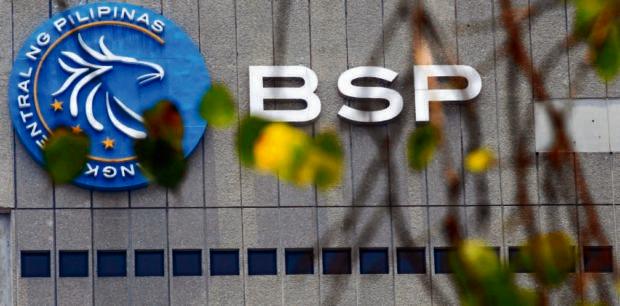Foreign direct investments (FDI) that flowed into the Philippines within the first six months of the year increased slightly to $4.64 billion, the most since the COVID-19 pandemic struck in March 2020.
Data from the Bangko Sentral ng Pilipinas (BSP) show that this year’s first-semester net inflow was 3.1-percent better than the $4.5 billion recorded in the same period of 2021. It is also half more than the $3.07 billion in the first semester of 2020.
At the onset of the pandemic, first-half net inflows fell by 16 percent from $3.64 billion in 2019.
The BSP data records capital that actually moved, instead of avowed commitment or planned investments, which may or may not be realized fully.
First-semester “growth was due to the expansion in nonresidents’ net investments in debt instruments, which more than offset the decrease in their net placements of equity capital other than reinvestment of earnings,” the BSP said in a statement.
Equity placements
From January to June, nonresidents’ net investments in debt instruments grew by 12.3 percent to $3.34 billion this year from $2.98 billion last year.
On the other hand, net equity placements other than reinvestment of earnings fell by 24.4 percent to $739 million from $978 million.
Reinvestment of earnings was stable at $559 million, which was 1.9 percent higher than $549 million in the same period last year.
But in June alone, net FDI inflows decreased for the second month in a row to settle at a 13-month low of $471 million.
Net inflows in June was 52 percent lower than $971 million recorded in June 2021.
The BSP said June net inflows reflected a 71.9-percent drop in foreigners’ net investments in debt instruments, from $764 million last year to $215 million this year.
Most of the equity capital placements in June came from Japan, the United States, Singapore and Switzerland. These were invested mainly in the industries of manufacturing, real estate and information and communication.
Rising volatility
Michael Ricafort, chief economist at Rizal Commercial Banking Corp., said the decrease in June happened amid rising volatility in the global and local market.
Back then, inflation in the United States was reported to have reached a four-decade high of 9.1 percent, prompting large interest rate hikes in the United States, which made US-bound investments more attractive.
Also, some investors were then adopting a wait-and-see stance while waiting for the new Marcos administration to assume office at the end of June 30.
“For the coming months, more FDIs into the Philippines would be sustained by [monetary authorities] keeping the local policy rate still relatively lower compared to inflation … as the economy needs all the support measures that it could get in view of fragile economic recovery still reeling from the pandemic lockdowns,” Ricafort said. INQ


